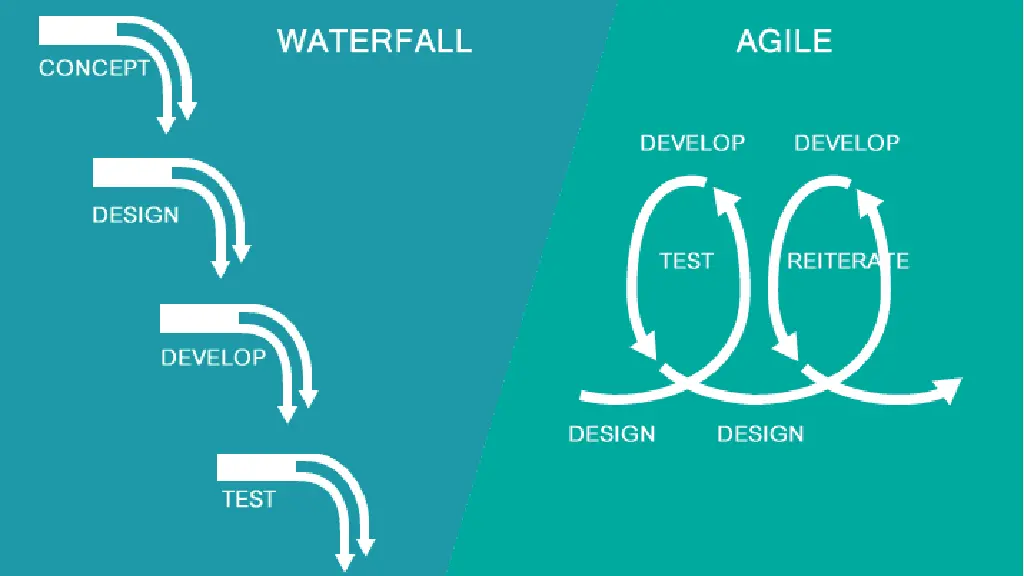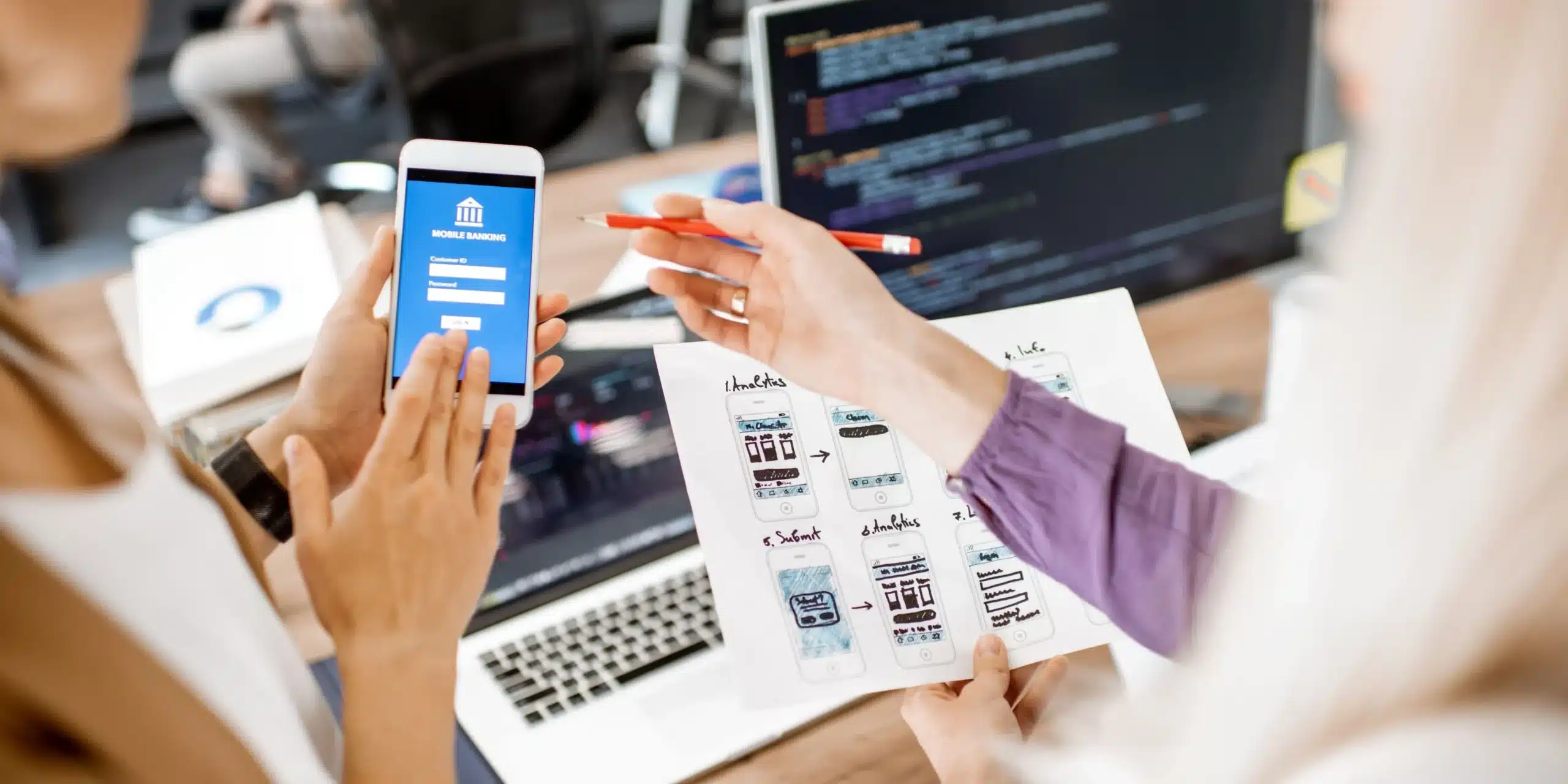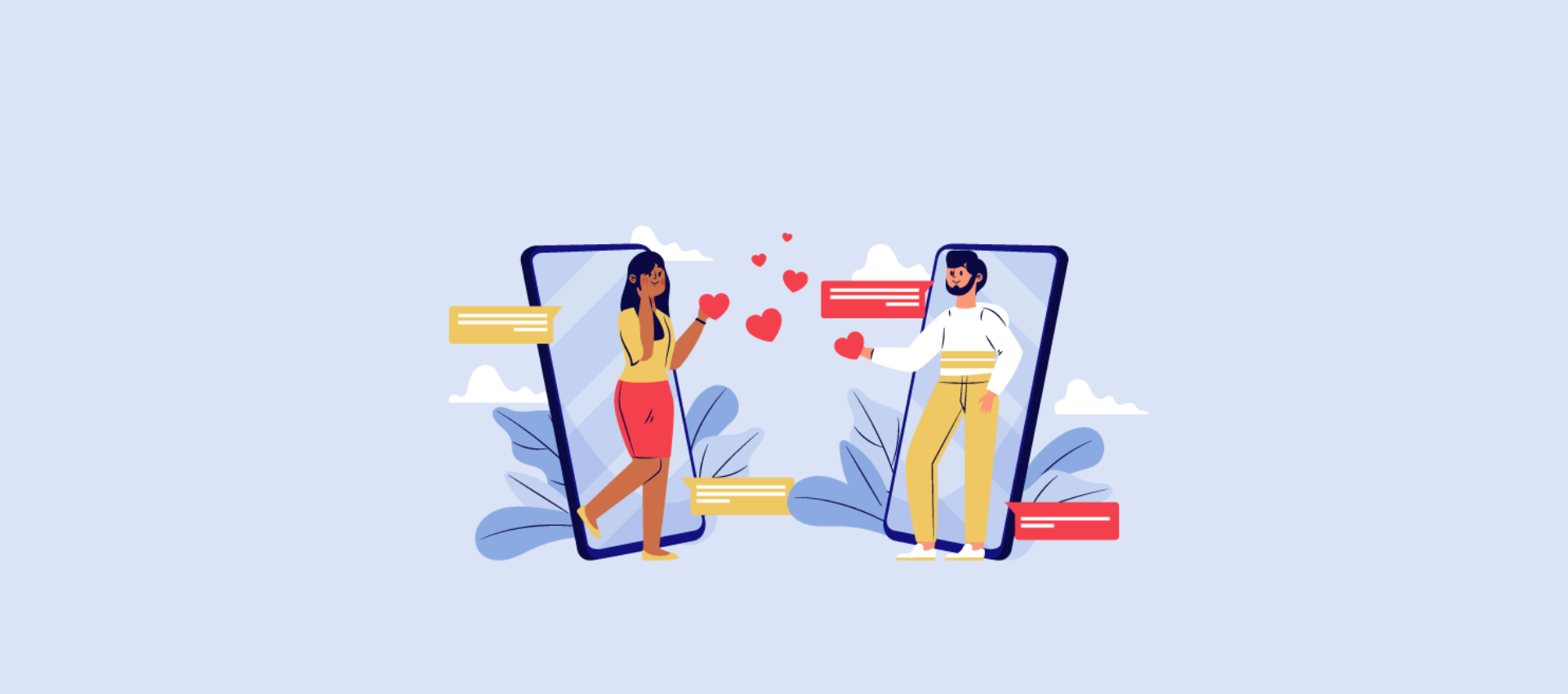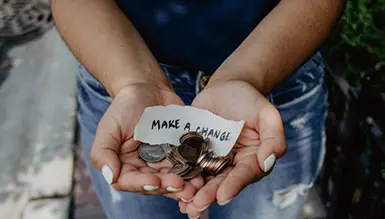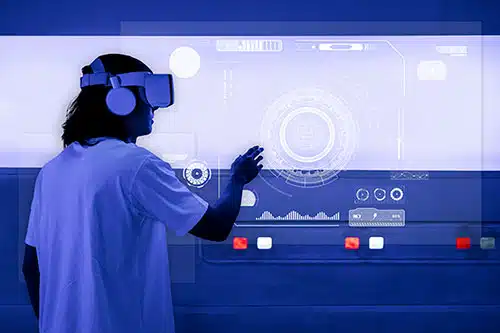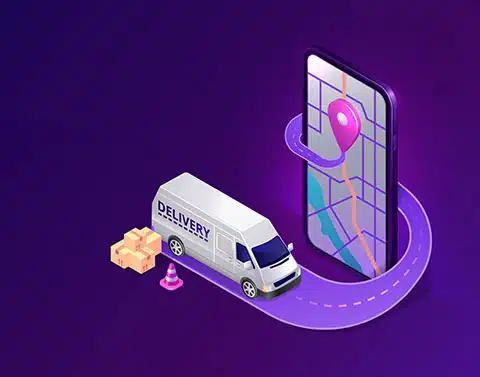When it comes to performing any development project, the most crucial decision to consider is how to approach the whole project as a team. Well, making this ultimate decision is quite challenging due to the best two development techniques at hand. Merely put, a development technique or agile methodology details regulates how the actual project tasks are acted on and organized.
The best two development methodologies are waterfall and agile. Well, agile software development and waterfall are often use in the software development industry. When it comes to waterfall vs agile product development, both come with their unique pros and cons. All in all, both can be helpful to your development team. So, the methodology to utilize highly depends on the circumstances and type of project.
A Detailed Review of Waterfall vs Agile Methodology
When we talk about waterfall methodology vs agile difference, it is essential to note that they are mature and useful. The use of a specific methodology comes down to the particular project and the organization carrying it out. In this post, you will learn much about waterfall vs agile pros and cons regarding system development.
What is Agile Methodology?
Agile development gets its name from the famous 2001 Agile Manifesto, written by software developers, though its roots stretch back to the 1950s. These methods could be broadly described as the “Agile approach to project management.”
Agile application development is iterative and evolutionary. It proceeds through iterations or sprints, short periods of time lasting from 1 to 4 weeks. During each iteration, cross-functional teams handle all of the functions that are so rigidly stacked together under Waterfall: planning, analysis, design, etc.
How Does Agile Work :
Understanding agile methodology, the agile methodology simplified constant repetition of application development and testing throughout the development process. When it comes to the difference between the agile development process and waterfall project management, it’s essential to note that development and testing tasks are simultaneous in the agile work process while not in the waterfall. Well, this means that there’s much more communication between clients, developers, managers, and testers. Read agile pros and cons to know more.
Pros of Agile
The advantages of agile software development have everything to do with the client gratification as well as the final results of the development process. The benefits of agile over waterfall model you can easily adjust agile development provided you have got the appropriate development team members. Here are the benefits of the Agile process over Waterfall:
Agile Development Methods:
Adaptability –
first, adaptability is one of the essential features of the agile development process, and it turns out to be the leading benefit. As clients get a glimpse of what they require from the system, the development team can adjust the planned changes accordingly.
Flexible deliverables –
the agile technique allows you to set the deliverables according to their significance. Merely put, the agile approach to project management lets you release a standard system before the full suite.
A top-notch and user-friendly product –
since clients can offer feedback after every stage, the systems designed via this methodology end up being user-friendly.
Stakeholder involvement –
agile work process programming enables and encourages constant engagement between the clients and the development team.
Cons of Agile
Like any other development methodology, the agile technique has some cons. Here are some of the cons that your team will have to deal with:
Probability for a more extended deadline and higher cost – time-boxed sprints may give you the much-needed planning; however, it’s always probable that a couple of deliverables may not be finished on time. Well, it is the ugly truth of development projects. Designing the essential extra sprints automatically translates to a costly project for the consumer.
Intense commitment – agile methodology explained only works best when your entire development team is devoted to the project throughout the development process. Well, this may be an issue for some development teams who have a lot of tasks to accomplish. In fact, the process is difficult for individual system developers.
Communication – since the agile process demands an intense collaboration level, the development projects utilizing this methodology will undoubtedly need a high communication level.
What is the Waterfall Methodology?
The waterfall development process is the older, more traditional method. Its roots lie in the 1950s and most software at that time was developed for government, and especially military purposes. Also, this method is still highly suitable for bureaucratic, top-down organizational structures.
The waterfall method definition means a linear approach to development. When we see waterfall agile vs comparison, we can comfortably say that the waterfall methodology is perfect for organizations with a hierarchical structure.
Here is the sequence of events you need to follow if you plan to use this methodology:
- Gather and document all the needs. Upon commencement of the next work stages, all the tasks will be undertaken depending on this documentation. Here, the customer only takes part in the first and last stages of project performance.
- The next step is the design stage. Here the system developers try to get a perfect form to meet all the consumer’s needs.
- Coding and unit testing. The primary task of this stage involves coding and perform unit tests.
- The next step involves testing the system and user acceptance.
- Fixing issues.
- The final step entails delivering the completed system to the client.
Our experts can help you in developing your next world-class apps.
The main difference between agile and waterfall development when it comes to agile systems, it explained has no strict structure when it comes to designing software. Naturally, there’s no need for documentation in agile software because the client can see the work’s progress at all times.
Basically, agile methodology is more flexible than waterfall. As a result, it satisfies the customers’ needs and end-users much better. That’s why agile software is more helpful for most projects. Additionally, more and more software developers are opting for the agile development methodology.
Pros of Modern Waterfall Methodology
Superb documentation – every phase of the process is precisely documented to eradicate any shortcuts or misunderstandings.
Clear framework – before project commencement, the waterfall methodology provides a precise understanding of the project deliverables and timeline. Basically, the project’s full scope is agreed upon in advance by the customers and the development team.
Hand-off approach – the technique creates room for a more hands-off approach from the client. After finalizing the initial project plan and design, there’s minimal demand for continuous client presence until the review phase.
Shared load – the methodology doesn’t take the entire development team’s attention and time. Based on the phase, your development team can focus on other essential tasks within the company.
Cons of Waterfall project Methodology
Remember, there is no single system without one or two defects. Here are the cons of waterfall methodology:
Changes can be tricky – the fundamentals of the waterfall project methodology technique are that it adheres to a set timeframe and precise steps. After setting these elements, it becomes tricky to undertake changes once the development personnel faces a hurdle. Adaptability is an essential part the development team needs to consider because it can be difficult for clients to have an entire perception of the system before it starts.
Little client involvement – a hands-off waterfall approach isn’t ideal for all systems. You’ll often come across consumers who need much more participation as the project proceeds. Waterfall methodology may turn out to be a hindrance for both parties if there’s no participation framework.
Last-minute testing – another con of waterfall is that waterfall isn’t time-bound. Due to this, you may find that your projects may start running behind schedule. Since a lot of time goes to the development phase, your team will always have a limited time when it comes to testing out the system.
Difference between agile and waterfall methodology

In simple terms Waterfall Agile Vs Methodology, agile means ‘the ability to move easily and quickly,’ and that’s what you’ll get upon utilizing this development methodology. The agile development methodology is characterized by splitting activities into strict work segments with regular reviews and plan adaptations.
When to use agile vs waterfall
The waterfall methodology is a linear sequential model where the progress primarily flows in a single direction. Generally, it flows downwards via different phases such as requirement collection, system analysis, system design, system development, system testing, system deployment, and system maintenance.
There is a difference between agile development methodology and waterfall methodologies, as indicated above, but the two are perfect in their individual ways.
To summarize this article Agile Vs Waterfall Methodology, let us outline the difference between waterfall methodology vs agile methodology in this section.
- While the waterfall is ideal for projects with precise requirements where you don’t expect changes, the agile development process, on the other hand, works best in projects where you’ll need constant requirement changes.
- The waterfall is a sequential and easy to manage approach while agile is flexible and lets you undertake changes in all phases.
- While it’s not possible to alter the project’s description in the waterfall, you can easily edit in agile.
- In waterfall, you can’t edit project needs, and the business analyst defines them once at the start of the project. In the difference between agile and waterfall, when it comes to agile system development, you can frequently change the project requirements.
Conclusion
Product development is a forever evolving process. The industry today’s agile or waterfall pros and cons change every moment and the products must be looked at and re-looked with every iteration to match the changing market and technology needs. In the agile and waterfall approach, while waterfall may be good for very small projects where the scope of the work will hardly change, agile or waterfall development methodology is the recommended method for commercial software product development.
Frequently Asked Questions:
Why is Agile Software Development Important?
Agile Development: Important Things You Need To Know
The 4 Keys To Assembling a Successful Agile Development Team
How to Make Agile Development Methods Effective?
There Are Some Essential Elements of Agile at Scale
The Pros and Cons of Agile Project Management
What to Use? Agile vs. Waterfall for Product Development
The Agile Approach: Five Benefits for Product Development
Our experts can help you in developing your next world-class apps.
